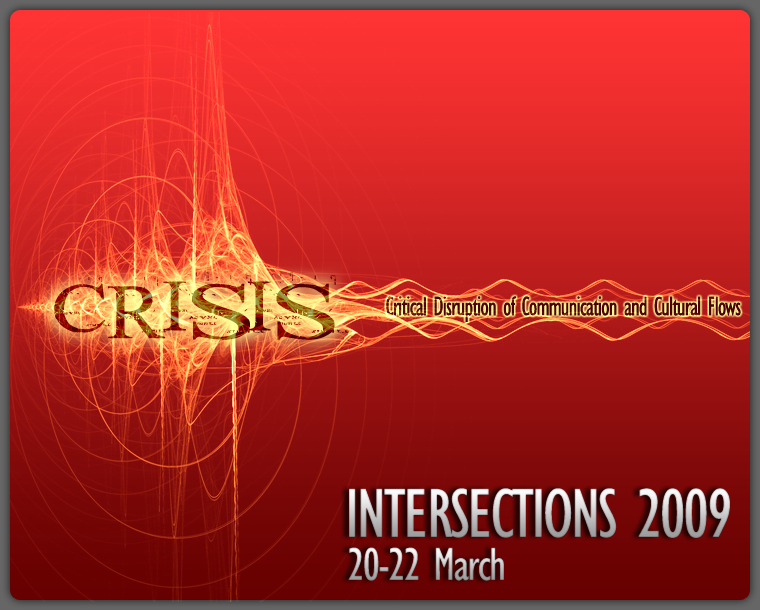RE-MAPPING THE RIVER ON FILM
DOI:
https://doi.org/10.25071/1718-4657.36717Abstract
Working in Southeast Asia as an academic and as a staff member for an environmental organization, I have witnessed non-fiction film being increasingly used for environmental advocacy and awareness-building, especially in the context of hydropower development. Such films seek to highlight the threats posed by hydropower to rivers and to the local residents who depend on them. However, my experiences with some of these films bring to light the degree to which the films themselves re-assert or produce specific claims about particular places and about development. As a geographer, I want to explore the cartographic possibilities and pitfalls of activist film projects.What cartographic stories does film tell? Are films, like maps, constitutive of technologies of power? As non-fiction film has been increasingly produced for environmental causes worldwide, I believe that “film-as-map” deserves interrogation. Accordingly, film is examined here as a medium through which non-governmental organizations (NGOs),activists and local residents collaboratively stake claims, construct boundaries and effectually re-map the river. I want to explore what ways film can offer marginalized groups an avenue to push for change or resistance against unjust development schemes (similar to countermapping strategies). Also, what are the disadvantages of using such strategies and how can film benefit from critiques and analysis from within the discipline of geography?Published
2009-03-22
How to Cite
Lamb, V. (2009). RE-MAPPING THE RIVER ON FILM. ETopia. https://doi.org/10.25071/1718-4657.36717
Issue
Section
Articles

